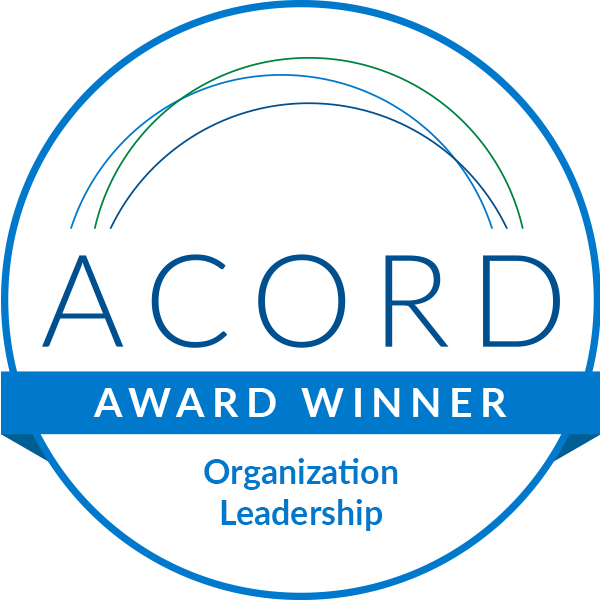The North American Industry Classification System (NAICS) is a company classification system designed through a collaboration between the United States, Canada, and Mexico. This classification method makes it possible to [...]
AWS Cloud Storage
AWS Cloud Overview In today’s world, where business growth is never constant, we need to manage the data expanding rapidly according to the requirements and accept these isolated patches [...]






